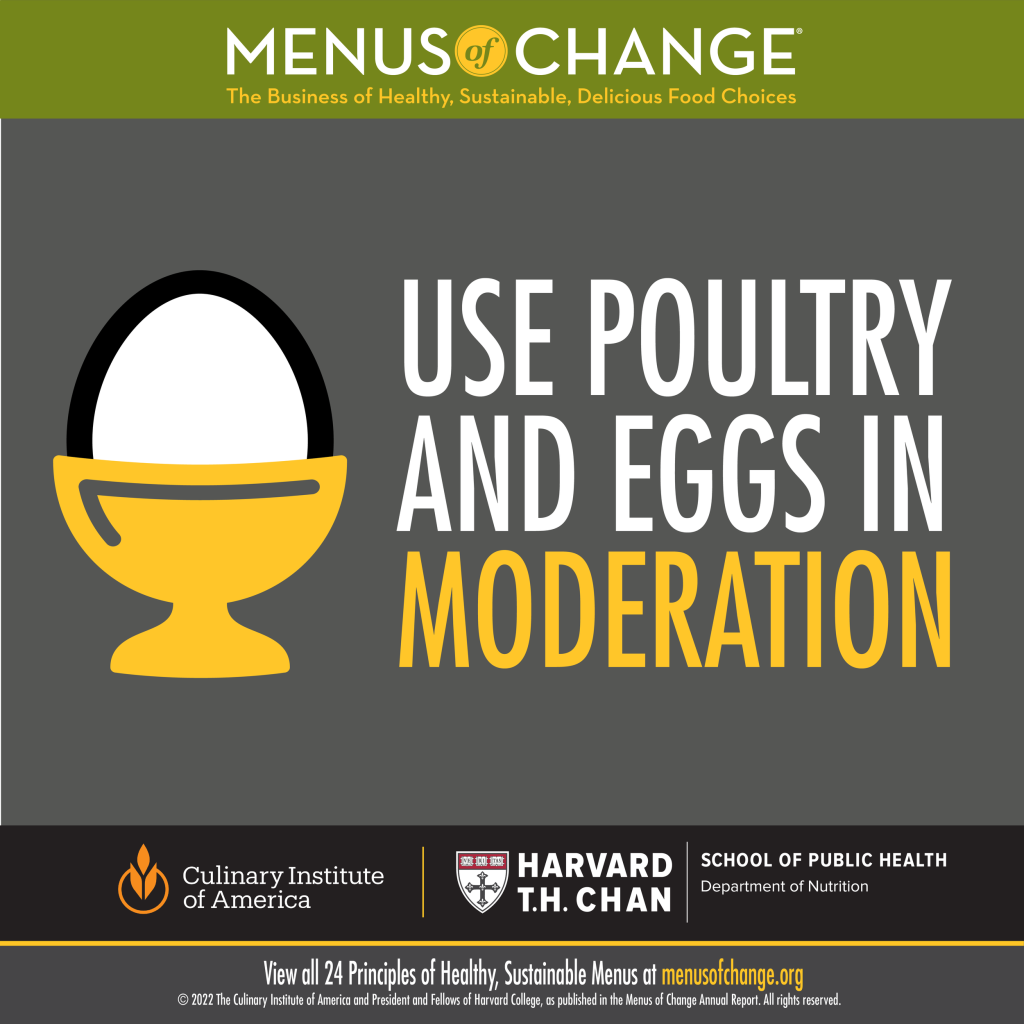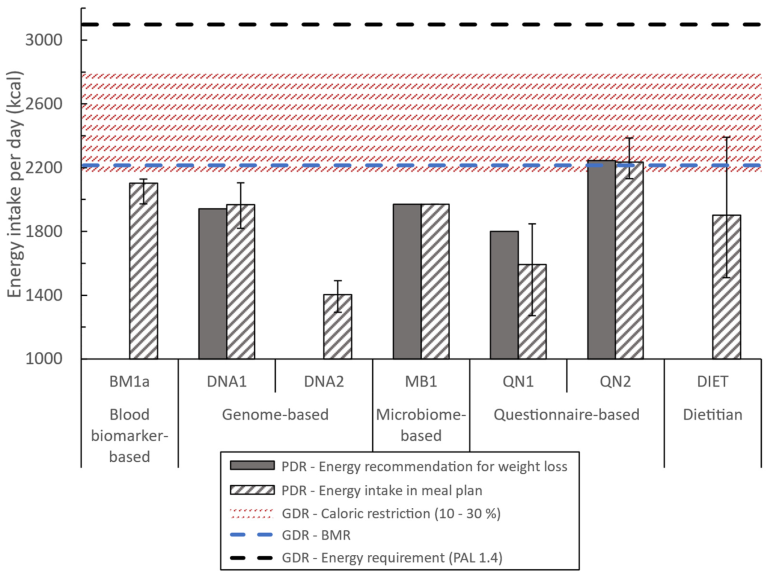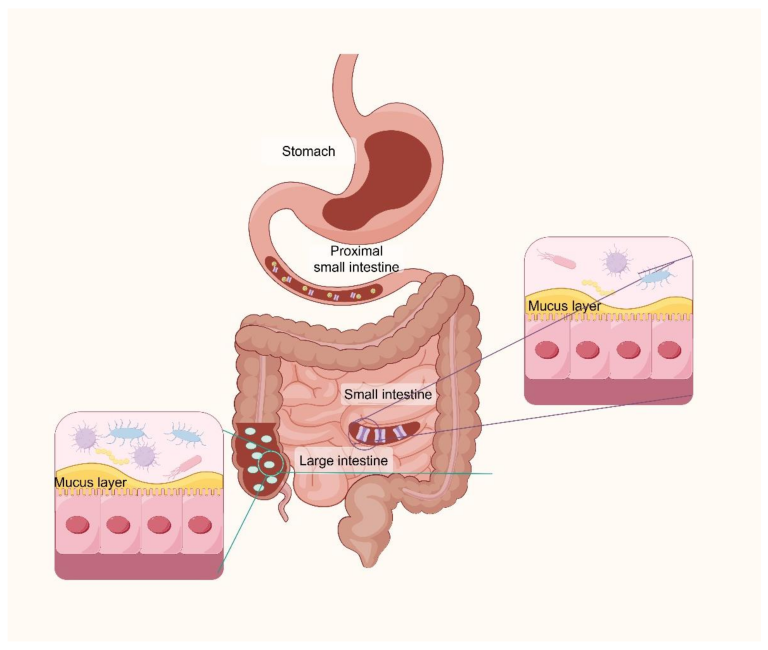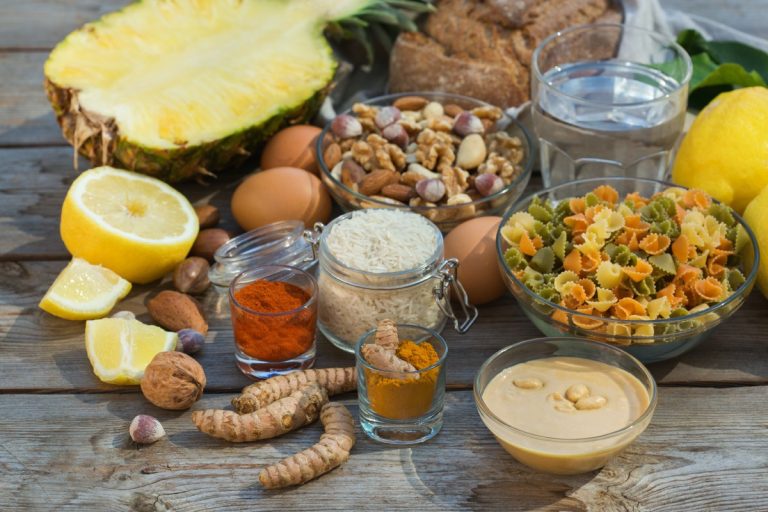
Let’s be honest. Thinking about what to eat is complicated enough. You’re juggling nutrition, cost, taste, and maybe a dash of guilt over that out-of-season strawberry. Now we’re supposed to add “saving the planet” to the list? It feels like a lot.
But here’s the deal: making climate-conscious food choices doesn’t mean you have to live on lentils and rainwater. In fact, the most sustainable diet is often the most nutritious one. It’s about synergy, not sacrifice. It’s about understanding the quiet story behind our food—where it came from, what resources it used, and how it fuels our bodies.
So, let’s dive in. No judgment, just a practical look at how you can eat for your health and the planet’s, all at the same time.
The Plate and The Planet: An Inseparable Link
Every bite of food has a hidden history—a trail of carbon emissions, water use, and land change. This is its carbon footprint, or more broadly, its environmental impact. Some foods, frankly, have a much heavier footprint than others. The good news? The heavy-footprint foods are often the ones we’re told to eat less of for our health anyway.
Think of it like this: the food system is a massive, complex engine. Some fuels make it run hot, inefficient, and belch out smoke. Other fuels keep it humming smoothly. Our job as eaters is to choose the smoother fuel.
The Heavy Hitters: Red Meat and Dairy
We have to talk about it. Livestock—especially cattle—is a primary source of methane, a potent greenhouse gas, and requires vast amounts of land and water. A single kilogram of beef can generate up to 60 kg of CO2-equivalent emissions. That’s like driving a car over 150 miles.
From a nutritional standpoint, red meat is high in saturated fats. Overconsumption is linked to heart disease and other health issues. This isn’t about declaring a war on burgers. It’s about rethinking their place on our plate. Making them a occasional treat rather than a weekly staple is a win-win.
Food Miles and Seasonal Eating: Does It Really Matter?
We’ve all heard “buy local!” It seems logical, right? Fewer miles traveled should mean a smaller carbon footprint. And it often does. But the story is a little more… nuanced.
Transportation is actually a smaller piece of the emissions pie than you might think. The bigger issue is often how the food was produced. For example, a local tomato grown in an energy-intensive heated greenhouse in winter can have a bigger footprint than one shipped from a sun-drenched field.
So the real magic combo? Local AND seasonal. Buying what’s in season near you means you’re getting food at its peak—both in flavor and nutrition—without the hidden energy costs of artificial growing conditions.
Building Your Climate-Friendly, Nutrient-Dense Plate
Okay, enough with the problems. Let’s talk solutions. What does a plate that’s good for you and the planet actually look like? It’s simpler than you think.
1. Shift to a Plant-Forward Diet
“Plant-forward” is the key term here. It doesn’t have to mean vegan or even strictly vegetarian. It just means making plants the star of the show.
- Legumes are Your Friend: Lentils, chickpeas, black beans. They’re nutritional powerhouses packed with protein, fiber, and iron. Their environmental footprint is a tiny fraction of meat’s.
- Embrace Whole Grains: Oats, quinoa, barley, brown rice. They require less water and land than most other crops and provide sustained energy and crucial B vitamins.
- Celebrate the Rainbow: A variety of fruits and vegetables ensures you get a wide spectrum of vitamins, minerals, and antioxidants. It also supports agricultural biodiversity.
2. Rethink Your Protein Sources
This is where you can make the biggest impact. You don’t need to eliminate animal protein entirely. You can just diversify.
| Protein Source | Climate Impact (Approx. kg CO2e per 50g protein) | Nutritional Notes |
| Beef | 17.5 | High in iron & B12, but also high in saturated fat. |
| Cheese | 5.6 | Good calcium source, but high in calories and fat. |
| Poultry | 2.8 | Lean protein, lower impact than red meat. |
| Tofu | 0.7 | Complete protein, contains all essential amino acids. |
| Lentils | 0.2 | High in fiber and iron, virtually no fat. |
See the difference? Swapping even one beef-based meal a week for a lentil curry or a tofu stir-fry makes a measurable difference.
3. The Low-Hanging Fruit: Reducing Food Waste
This might be the single most effective thing you can do. When we waste food, we waste all the resources—water, land, energy—that went into producing it. And it rots in a landfill, producing more methane.
- Plan Your Meals: A simple list can prevent overbuying.
- Love Your Leftovers: Get creative. That leftover roasted veg becomes a frittata or a grain bowl topping.
- Understand “Best Before” Dates: These are often about quality, not safety. Use your senses—smell and look at the food.
It’s Not About Perfection, It’s About Direction
The goal of a climate-conscious diet isn’t purity. It’s progress. You don’t have to be flawless. You just have to be mindful. Every small choice adds up to a collective shift.
Maybe you start with “Meatless Monday.” Maybe you decide to always buy local berries in the summer. Perhaps you just get better at using up that lone sweet potato languishing in the pantry. Each action is a vote for a different kind of food system.
In the end, eating with the climate in mind is a return to a more thoughtful relationship with food. It connects us back to the seasons, to the land, and to the simple, profound truth that what’s good for the earth is, almost without fail, good for us, too. Our bodies and our planet are nourished by the very same things.






